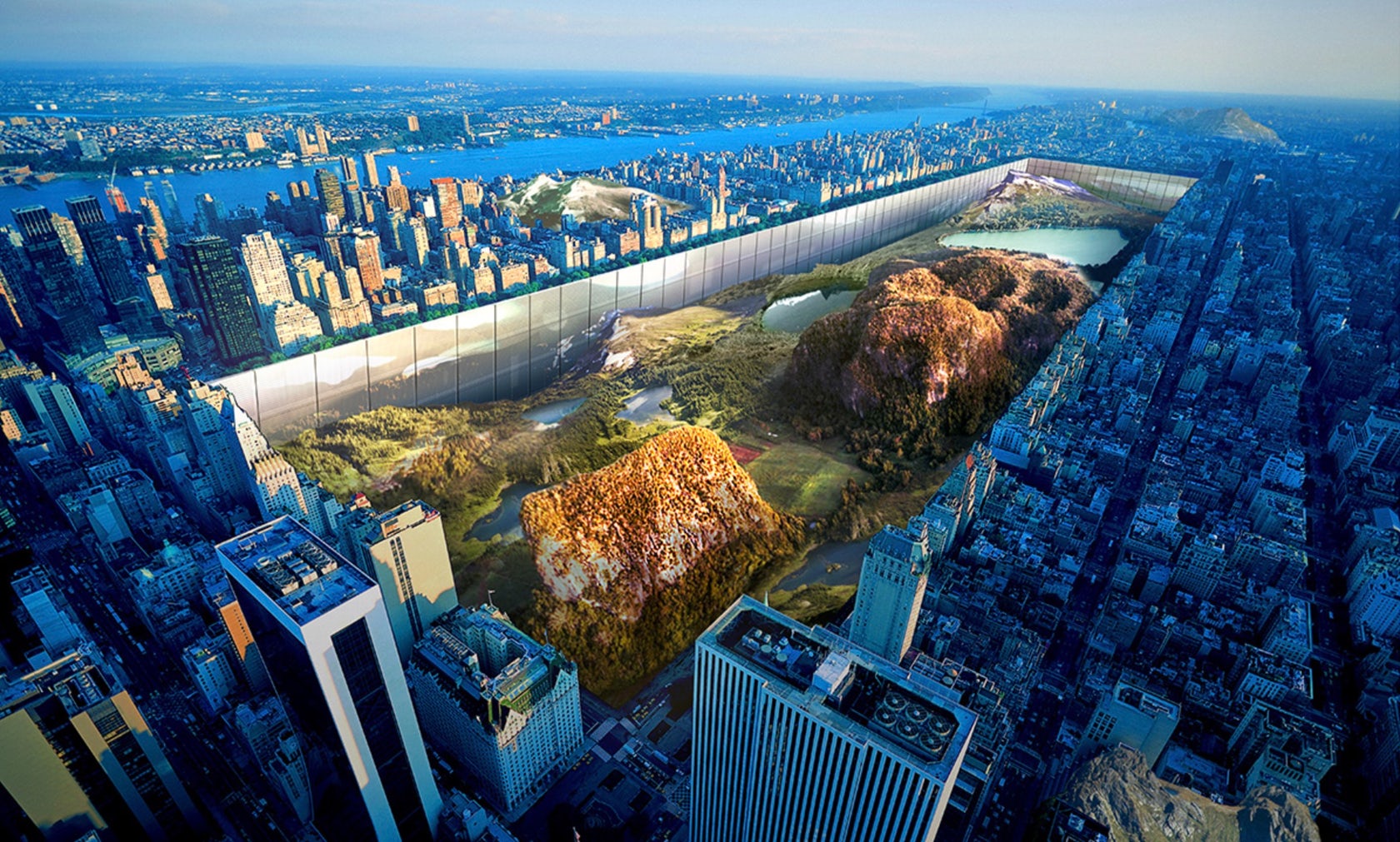City halls are something of an architectural oddity. They are vital to the overriding functionality of a place and impact our lives every day, yet they often have no physical connection with the general public, standing as urban ornaments that can appear more like abstract symbols than vibrant civic hubs.
The truth of the matter is dual-pronged. City halls must work as practical vessels that facilitate complex municipal tasks each day, but they cannot avoid their secondary function, that of the civic billboard: These halls stand as advertisements for the cities they are situated in and form a telling metaphor for the city council’s relationship with their civilian population. What factors determine whether these structures are of help or are hindrances to the inhabitants they are built to serve? Evaluate the past 50 years of municipal design, and the answers begin to emerge.

Boston City Hall by Kallmann McKinnell and Knowles, via Wikipedia.
One of the most infamous examples of civic architecture can be found in the ostensibly picturesque city of Boston, where Kallmann, McKinnell and Knowles brought their unapologetic brand of brutalism to rest on the edge of a bleak, windswept plaza in the downtown district. Built in 1968, the building’s austere façade has received little love in the intervening years, famously named “The World’s Ugliest Building” by Virtual Tourist’s editors and readers.
In fact, the building’s biggest flaw was not its dreary frontage, but rather its fortress-like lower story, which completely disconnects this key building from the public realm. The plaza itself is sorrowfully under-utilized by pedestrians: despite being framed by some striking brickwork, its barren expanse is completely inhospitable during the harsh winter months. A decade ago, the Project for Public Places ranked it top of their list of “Squares Most Dramatically in Need of Improvement” in the United States.

Santa Jose City Hall by Richard Meier and Partners Architects
Many contemporary architects of city halls have attempted to address these problems by designing buildings and external spaces that more closely integrate administrative buildings with the public realm. In 2005, Richard Meier and Partners Architects completed a radical new complex for San Jose City Hall, which unifies municipal and public functions via mixed-use spaces which possess a highly consistent architectural language.
Meier’s signature style of modernism was harnessed to create a glass rotunda that allows an incredible amount of natural light to permeate the internal plaza, giving it life as a lecture theater, concert hall, or exhibition space. This civic hub — located at the heart of a new seven-block municipal district — doubles as a symbol for the local government, an architectural metaphor for transparency, integrity, and honesty. This philosophy also drove the design of Norman Foster’s iconic dome for his Reichstag renovation in Berlin.

City Hall of Nieuwegein by 3XN
Similar principles are at work with the City Hall of Nieuwegein in the Netherlands, designed by Danish firm 3XN. Constructed in 2011, the building is designed as a permeable structure through which the lines between public spaces and private, administrative zones are blurred. The faceted panels of the external envelope reduce the apparent scale of the building, moving away from the monumental nature of historic city halls. “It was important for us to create a building that was welcoming rather than authoritarian in its expression,” explained Principal and founder of 3XN, Kim Herforth Nielsen.
Taking this philosophy further, Bohlin Cywinski Jackson conceived the Newport Beach Civic Center as a box of total transparency, the assembly hall, conference rooms, staff areas, and intermediary spaces all on full display for the public. Completed in 2013, the building is topped with curving canopies clad with warm timber, an antithesis of the architectural austerity on display in Boston.

Newport Beach Civic Center by Bohlin Cywinski Jackson
Most significantly of all, a grass-covered public space is frequently packed with people enjoying lunch — a far cry from the deserted brick plaza adjacent Kallmann McKinnell and Knowles’ much-maligned landmark (admittedly, the climate of Southern California makes this approach markedly more viable than in Boston).
Fast-forward to 2015, and architects are building on these concepts, creating civic architecture that brings public and private spaces closer — physically, programmatically, and symbolically. One of the most radical iterations of these ideas can be found on the drawing board of Bjarke Ingels. BIG won an international competition to design Tallinn Town Hall, envisioning a “porous canopy” of sugar cube-like volumes interwoven with covered walkways, green courtyards, and rooftop terraces.

Tallinn Town Hall by Bjarke Ingels Group
Bjarke Ingels Group’s description of their proposal encapsulates the collective shift in approach to civic design, both in Tallinn and in other forward-thinking cities around the world: “The public servants won’t be remote administrators making decisions behind thick walls, but will be visible in their daily work from all over the marketplace via the light wells and courtyards … In reverse, the public servants will be able to look out toward the marketplace, making sure that the city and its citizens are never out of sight nor out of mind.”
From Boston to Tallinn, from solid to transparent, civic architecture has truly opened up. In some ways, it is no longer about the city at all, it is about the people that live and breathe it each and every day.









